Famous for their "praying" front legs and lightning-fast predation, praying mantises (Mantodea) are natural hunters in gardens and farmlands. This article systematically examines their physical characteristics, behavioral ecology, global distribution, and life history. It also features a selection of common and popular ornamental species, provides images and tips for selecting images, a breeding guide, and answers to scientific questions, helping readers gain a comprehensive understanding of mantises.
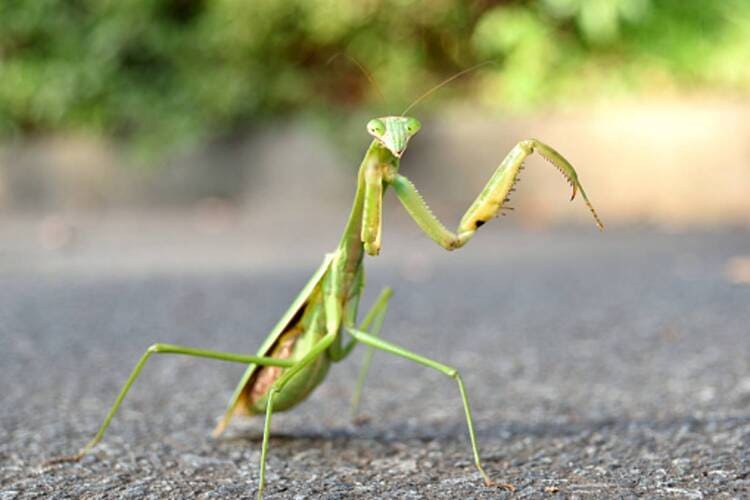
Index
Classification: Order Mantodea, closely related to cockroaches and termites; over 2,400 species have been recorded worldwide.
Key Characteristics: Triangular head, flexible neck, well-developed compound eyes and simple eyes, predatory forelegs (sickle-shaped), slender thorax, and good camouflage.
Key Identification Points:
Foreleg Spines: Used to lock onto and impale prey;
Wings and Body Shape: Females tend to have plump bodies, while males are better fliers;
Camouflage: Various appearances, including leaf, dead leaf, flower, and bark;
Warning Display (Intimidation): Spreading the forechest and wings, revealing eye spots or bright colors, to enhance deterrence.
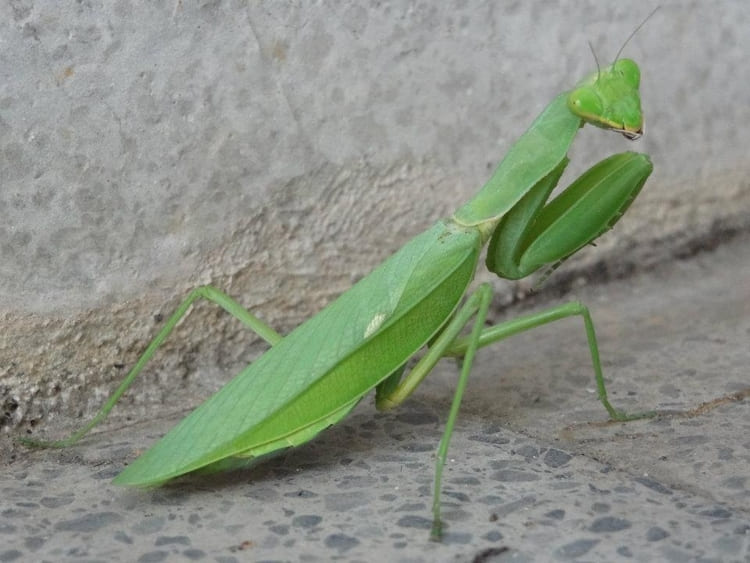
Camouflage and Lurking: Most species engage in ambush hunting, relying on stillness and subtle swaying to simulate the movement of leaves in the wind; flower and dead leaf forms are particularly common in tropical rainforests.
Predation Strategy: Visually guided, using stereoscopic vision and instantaneous lunging to prey on flies, moths, bees, locusts, etc.; large species occasionally prey on small lizards or their own kind.
Courtship and Mating: Sexual dimorphism and cannibalism have been reported in some species; cannibalism is not always seen in the wild, but increases under nutritional deficiencies or environmental stress.
Defense: Threat displays, feigned death, and flight; a few exhibit pseudo-eyespots or wingbeats.
Global Distribution: Most abundant in tropical and subtropical regions, with native species (such as the European mantis and the Chinese giant mantis) common in temperate regions.
Life Cycle: Ootheca → Nymph molts multiple times → Adult; Complete and incomplete metamorphosis; Nymphs resemble adults but lack wings or have underdeveloped wings.
Ootheca Characteristics: Foam-hardened shell, useful for overwintering or preventing desiccation; identifying the location of the ootheca helps monitor local populations.
Lifespan: Generally about one year, although tropical strains can live longer in captivity.
Ghost Mantis (Phyllocrania paradoxa)—Africa; its body is covered in dead leaf fragments, giving it a unique silhouette.
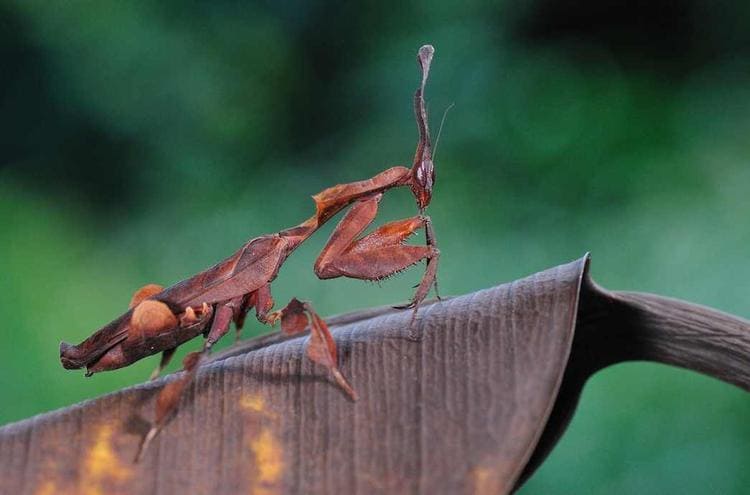
Dead leaf mantis (Deroplatys desiccata) — Southeast Asia; large leaf-like thoracic spine.
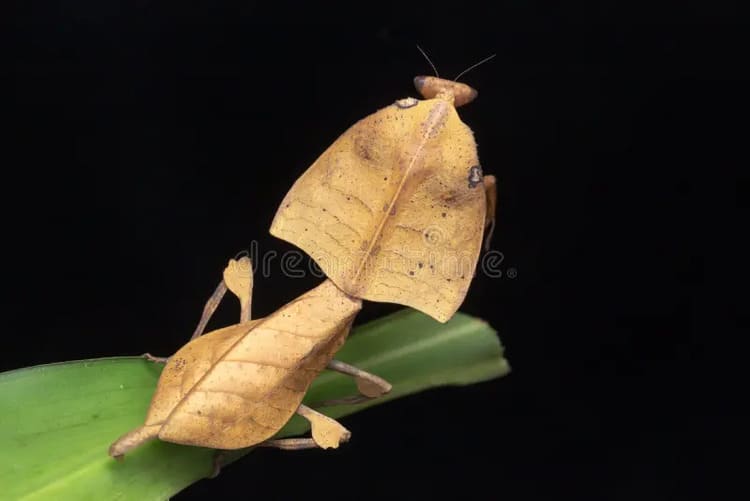
Feather-horned mantis (Empusa pennata) — Mediterranean; leaf-like protrusions on the head and a slender body.
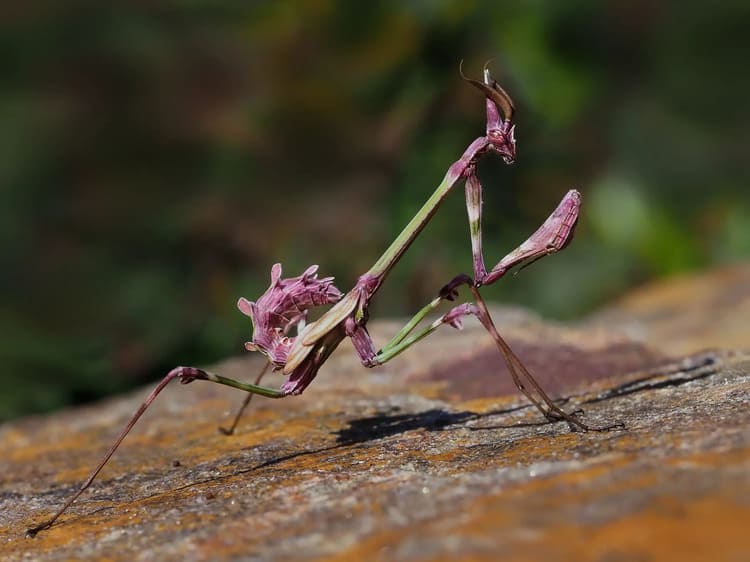
Orchid Mantis (Hymenopus coronatus)Orchid mantis (Idolomantis diabolica, Devil’s flower mantis) — Malay Archipelago; pink and white petal-like appearance.
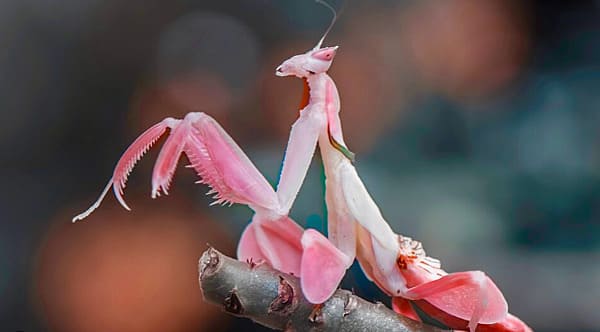
Devil’s flower mantis (Idolomantis diabolica, Devil’s flower mantis) — East Africa; large, with an intimidating display and vibrant colors.
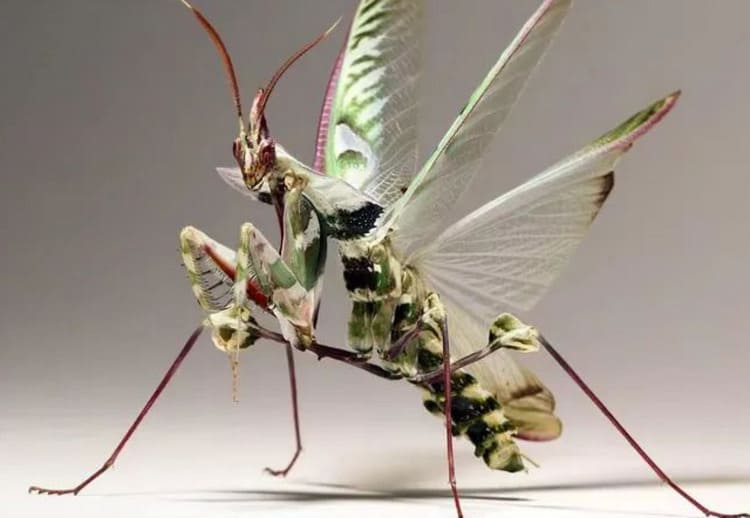
Gem/Flower Mantis (Creobroter gemmatus; Pseudocreobotra wahlbergii) — South Asia/East Africa; circular "eyespot" on forewings.
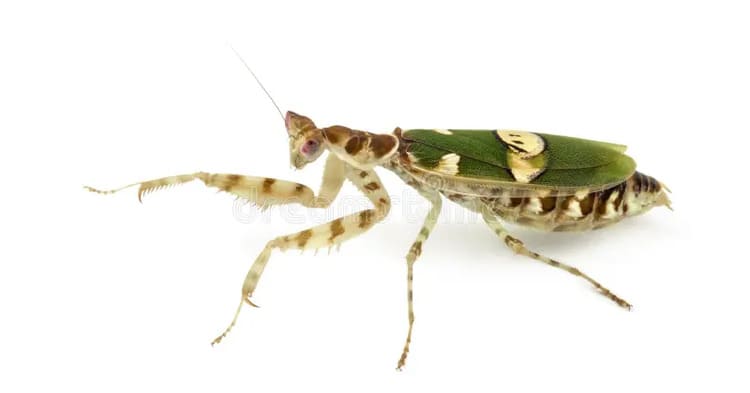
Chinese Big Mantis (Tenodera sinensis)—Native to East Asia, introduced to North America; large and highly adaptable.
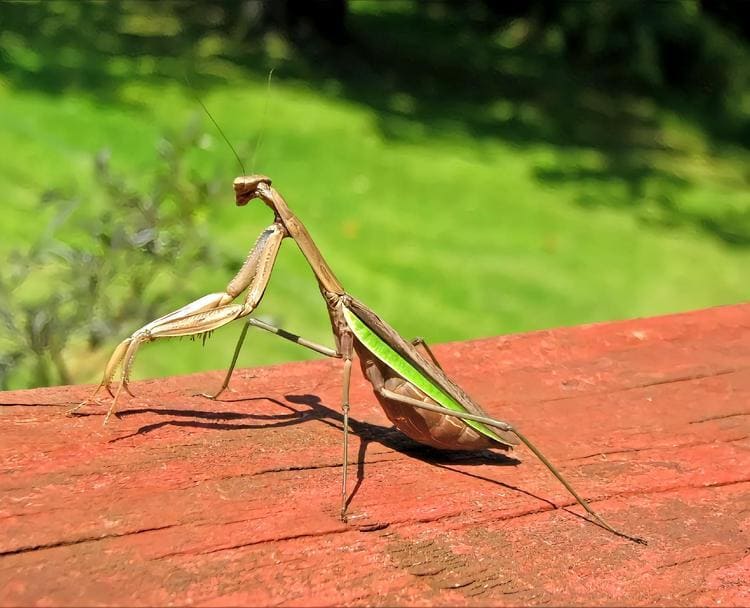
Tenodera angustipennis - East Asia; narrower wings and a slender body.
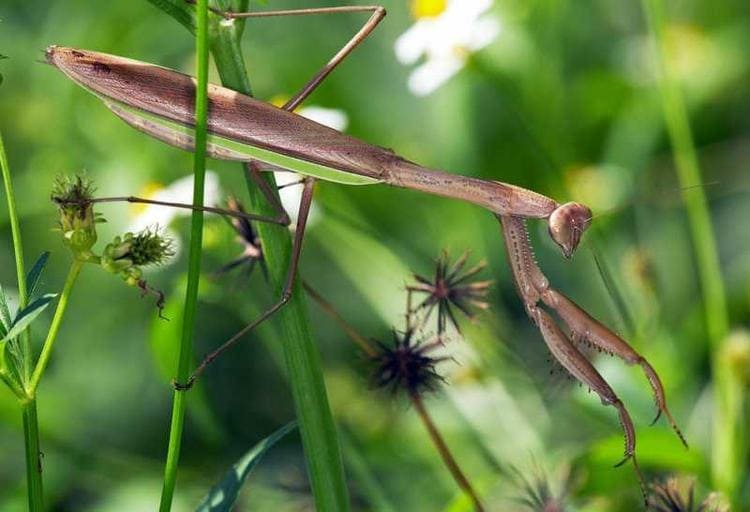
African mantis (Sphodromantis lineola) - Africa; easy to keep and active.
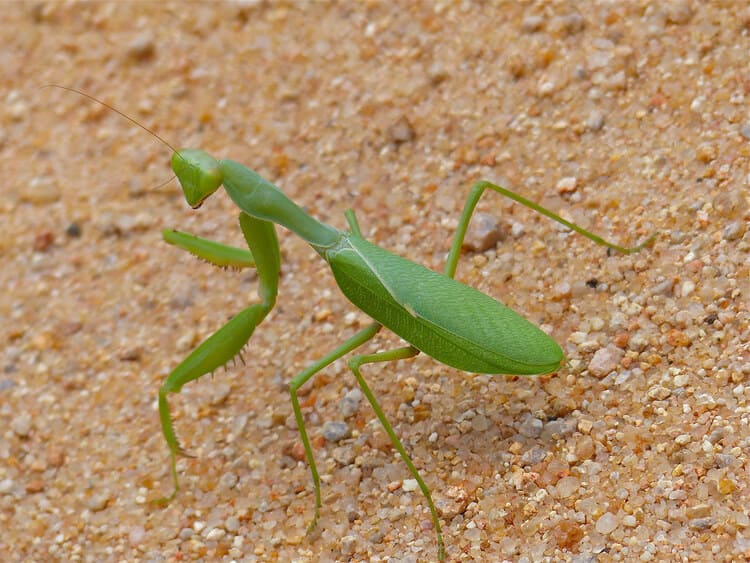
Giant mantis/green mantis (Hierodula membranacea; H. majuscula)—South Asia/Australia; robust and active.
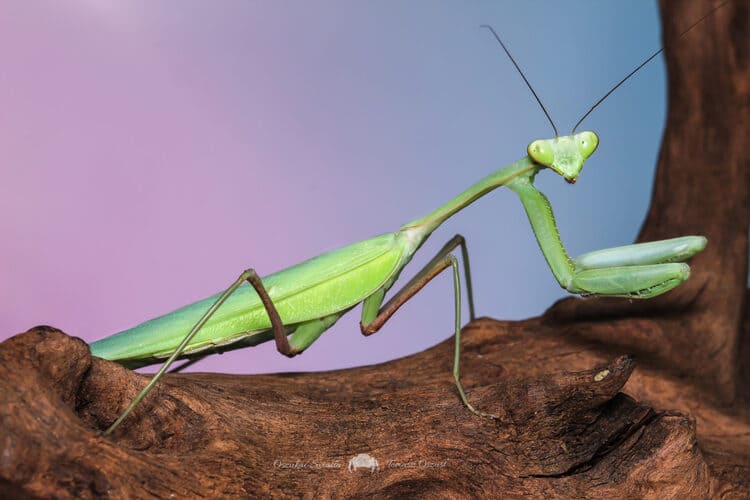
European Mantis (Mantis religiosa, European mantis)—Eurasia; its back and chest display a "praying" posture.
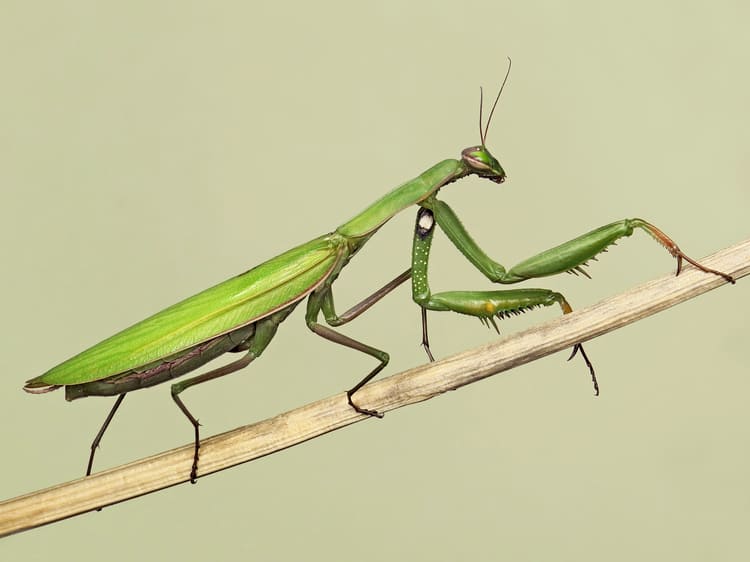
American Mantis (Stagmomantis carolina, etc.)—North America; its body color varies.
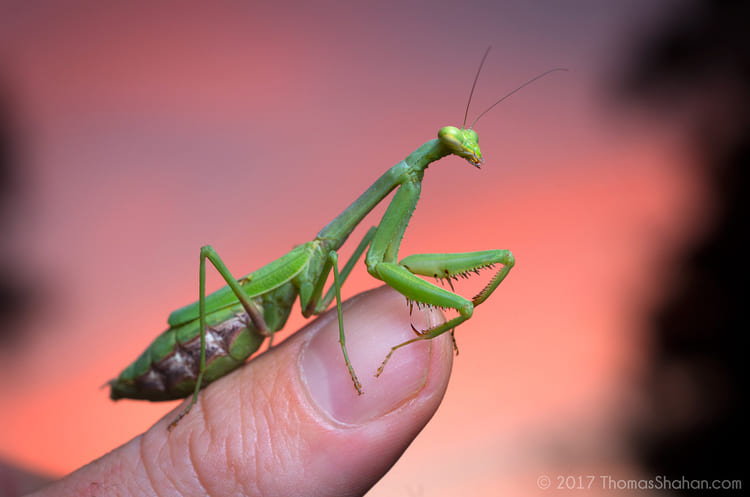
Ecological and Agricultural Value: Most mantises feed on insects, which can naturally control insects. However, they also prey on beneficial insects such as bees and ladybugs. Overall, they are primarily ecological balancers.
Observation and Education: Their diverse forms and impressive behavior make them suitable for campus and nature education.
Basic breeding tips (overview):
Environment: Ventilated feeding box, vertical climbing surface, avoid sharp angles; temperature and humidity are adjusted according to the origin (tropical areas are often warm and slightly humid).
Feeding: Mainly live small insects; Eat small, frequent meals to avoid overfeeding; remove leftover bait regularly.
Individual breeding: Most species have a tendency to cannibalize, so individual breeding is safer.
Molting: Requires ample hanging space; do not disturb or feed during molting.
Legal and Compliant: Comply with local exotic species and wildlife regulations and do not release or collect protected species from the wild.
Q1: Do mantises bite?
A: They primarily prey on insects and will not actively attack humans. When startled, they may use their front legs to grab onto something, so be mindful of their grip.
Q2: Will females always eat males?
A: Not necessarily. The probability is higher when there is insufficient nutrition or environmental stress. Adequate feeding under experimental conditions can significantly reduce this.
Q3: Can alien mantises be released into the wild?
A: It is not recommended and may be illegal. Releasing alien species into the wild will impact the local ecology and species safety.
Q4: What should I do if I find egg cases at home?
A: They can be protected in situ and released in springIncubate naturally during the season; if relocation is necessary, secure the tree along with the supporting branches at a similar height to the surrounding environment.
Q5: Why is there such a large color difference?
A: It depends on age, sex, ambient humidity, and background color. Some species have reversible color adaptation.
This article is for general science and viewing/identification purposes only. Specific species details should be based on authoritative taxonomic databases and local catalogs.
Please comply with local wildlife protection and exotic species management regulations during collection, transportation, and commercial breeding. Be cautious when purchasing live specimens from unknown sources online.
animal tags: Praying Mantis
We created this article in conjunction with AI technology, then made sure it was fact-checked and edited by a Animals Top editor.